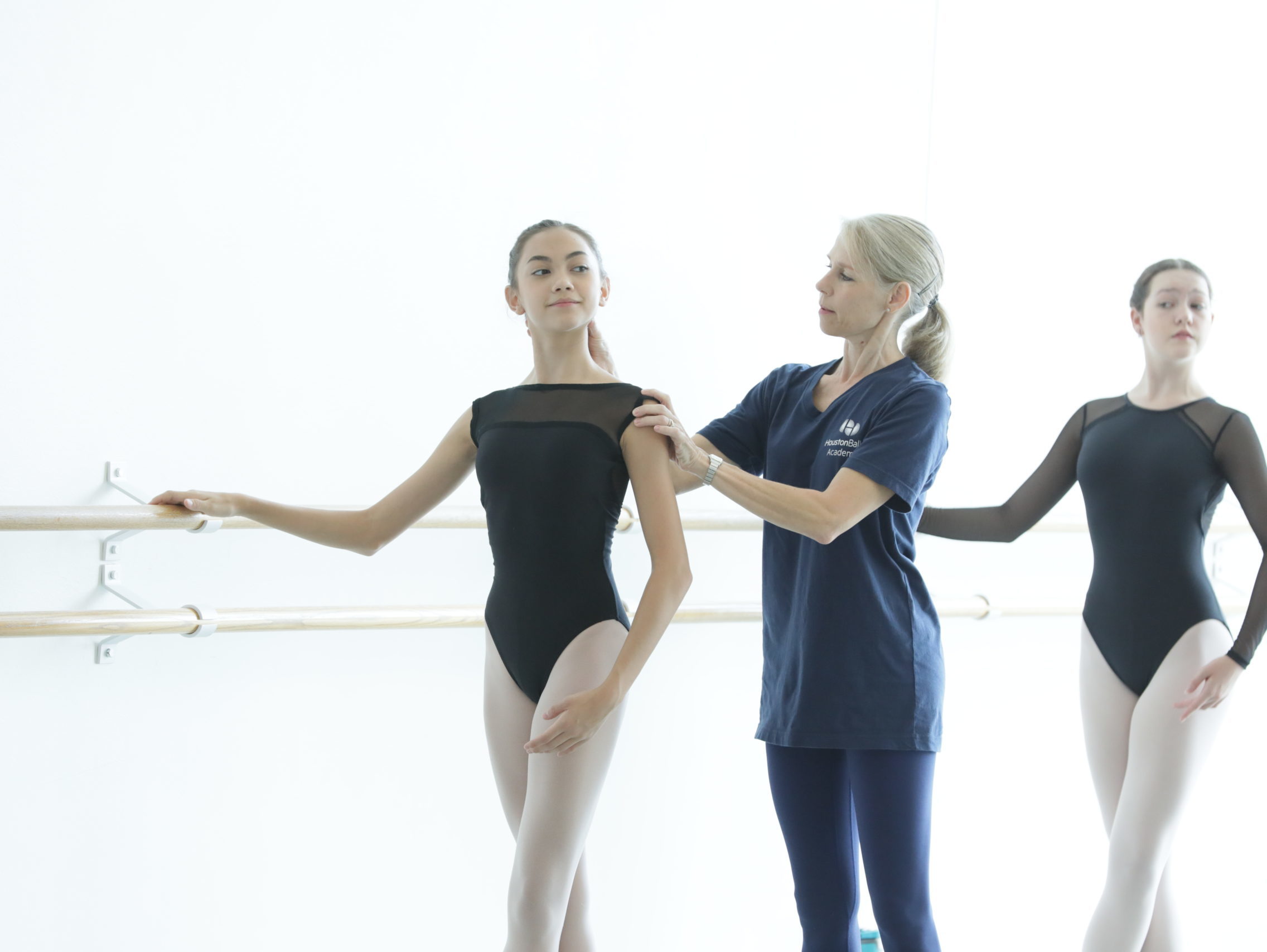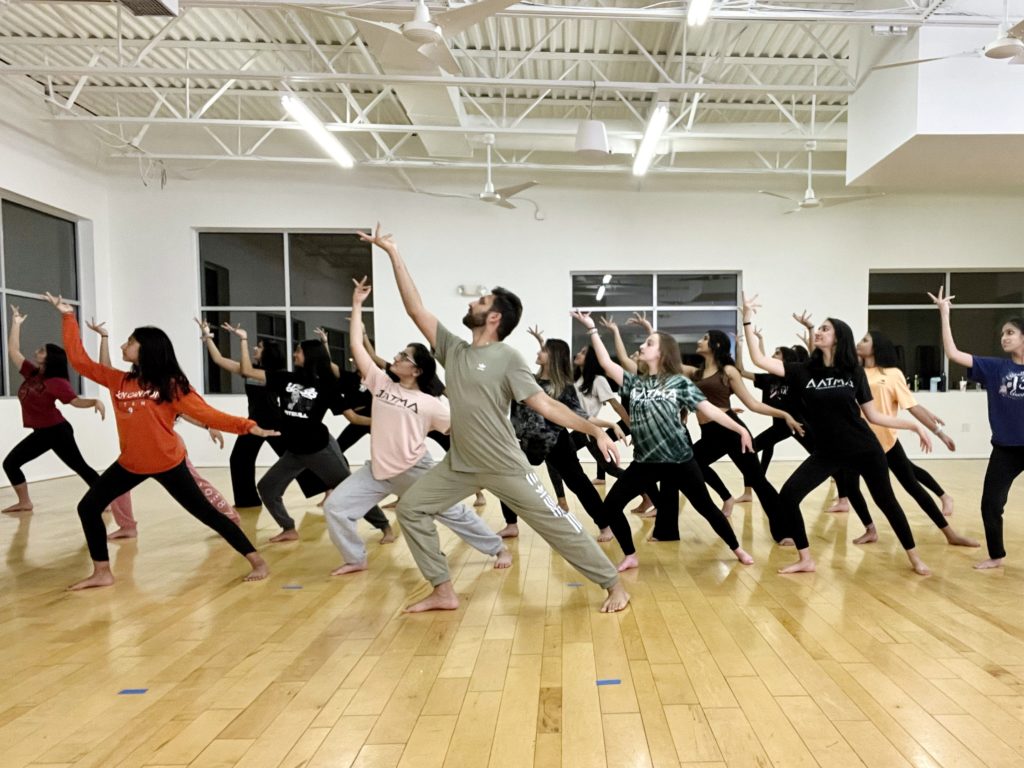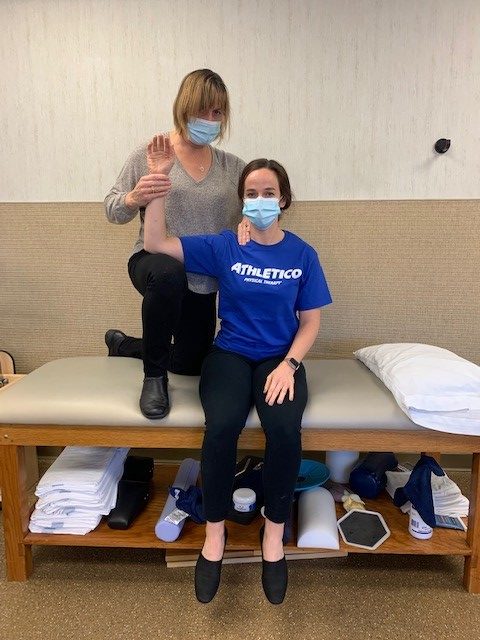
For Amit Shah, a Bollywood and bhangra instructor and the founder of AATMA Performing Arts, the head and the neck play a central role in class, with numerous exercises dedicated to the placement and movement of the head.
“In classical Indian dance, a lot of head, neck and eye movements were really meant to tell stories, so in our training—whether it’s Bollywood or classical or folk dance—it’s extremely important,” he says.
But in styles where the head and neck don’t play such a central role, they can sometimes take a pedagogical backseat, what with all the other technical and artistic priorities on teachers’ to-do lists. And yet, whether there’s codified head movement in your style or not, giving students the tools to move their heads and necks freely and expressively can help them achieve a more full-bodied movement quality. Here are some tips on where to start.
Maintain the Chin Level
In their efforts to have “good posture,” many dancers hold their chins too high, says Houston Ballet Academy faculty member Susan Bryant. But when the chin is already high, “it’s hard for the position to grow,” she says. This also shortens the back of the neck, which can cause tension and tightness, says Chicago-based physical therapist Julie O’Connell. Bryant says that some dancers will also jut their chin too far forward in an effort to get their weight forward.
Teaching your students proper chin and head placement can set them up to have a full range of motion at their disposal. O’Connell suggests using the image of a candy cane hook from the sternum bone to under the chin, with the eyes looking straight on the horizon. Bryant asks students to pretend they are a Halloween skeleton, with the bones stacked and the top of the head in line with the ceiling. “Let gravity put you in place,” she says. “If you were hanging from a thread, all your bones would fall into place. Don’t use your muscles to hold the position.”

Create a Strong Shelf
“The neck is easier to move when its role is to move the head and not hold up the weight of the arms,” says O’Connell. “So stronger arms are a better shelf for the head to sit on, rather than the head being so overstretched because the weight of the arms is pulling down and there’s no more room for the head to articulate.” To strengthen your students’ arms and shoulders, O’Connell recommends exercises like shoulder rolls and arm circles, or shrugging the shoulders up and down.
She also urges teachers to notice how they’re cueing students’ shoulder placement. While it’s tempting to suggest that students pull their shoulders down, this can result in students pushing their shoulders too far too low, overstretching the trapezius and putting them in a position where “there’s no more down to go,” says O’Connell. “Where my shoulders should start from is a position halfway in between up and down, so that when I’m given a cue to go up or down, I have somewhere to go.”

Make It Natural
Bryant says that the movement of the head and neck should come naturally, but that “when you put on a leotard and tights, people stop doing what is natural.” To counter this, Bryant tells her students to pretend that the chin has a plié, which encourages them to allow the chin to rise and fall.
Another way to help your students channel a natural sense of movement: Cue them to move their heads where they’re looking. “If you have real direction with your eyes, I think your head will go in the right place,” says Bryant. For Shah, this often means instructing students to follow their arms. “Anytime there’s an arm movement, the head and neck will move in that same direction,” he says.
The same can often be said of ballet, says Bryant, who sees it as a way of dancing with the entire body, “from the inside out,” she says. “The movement has to start within in order to come out.”





